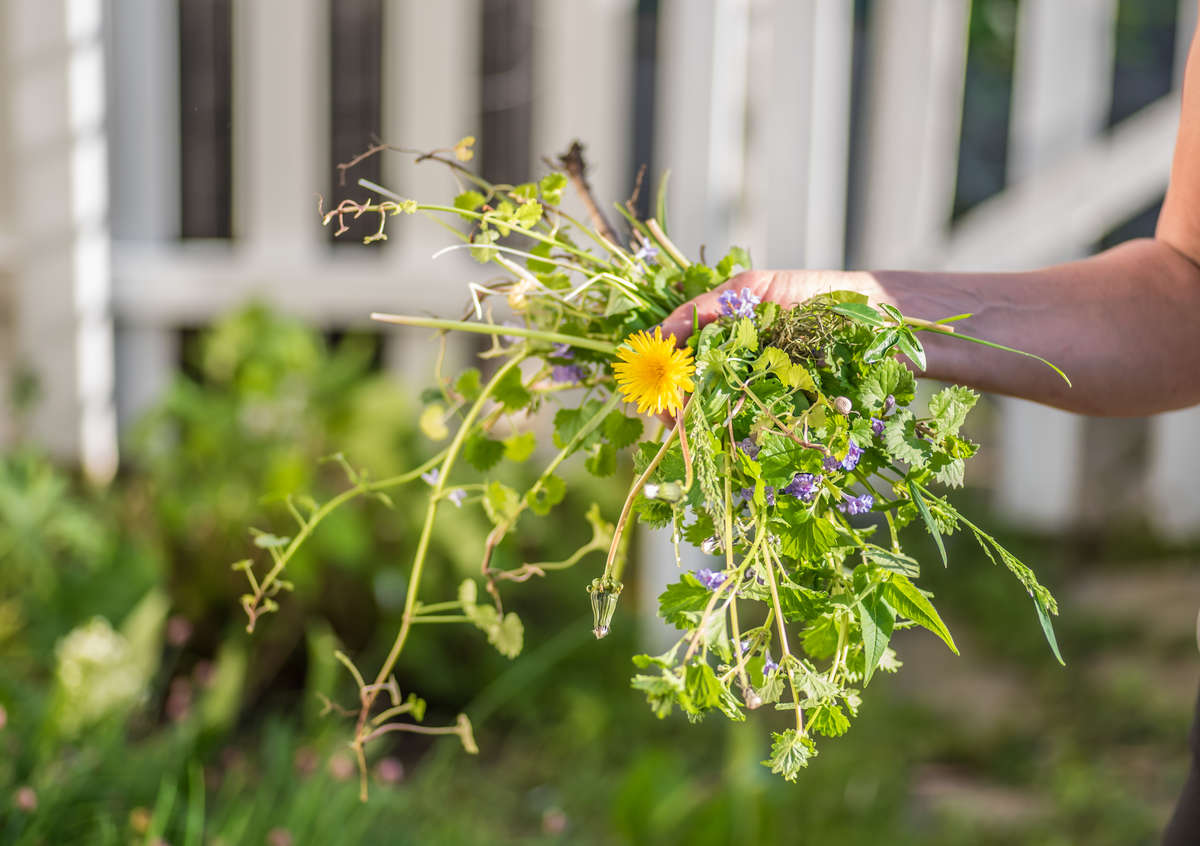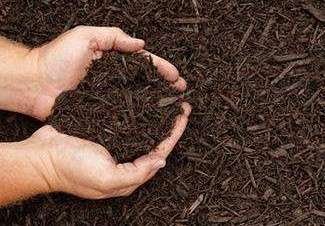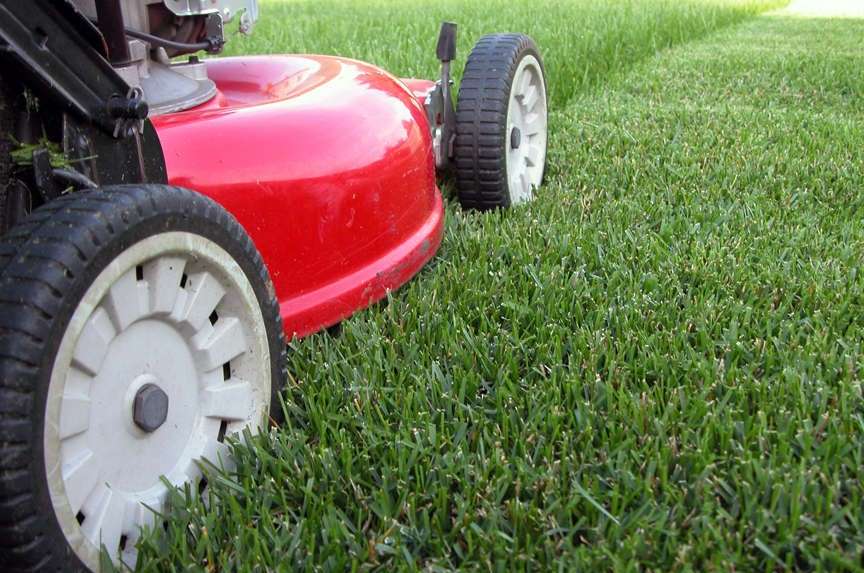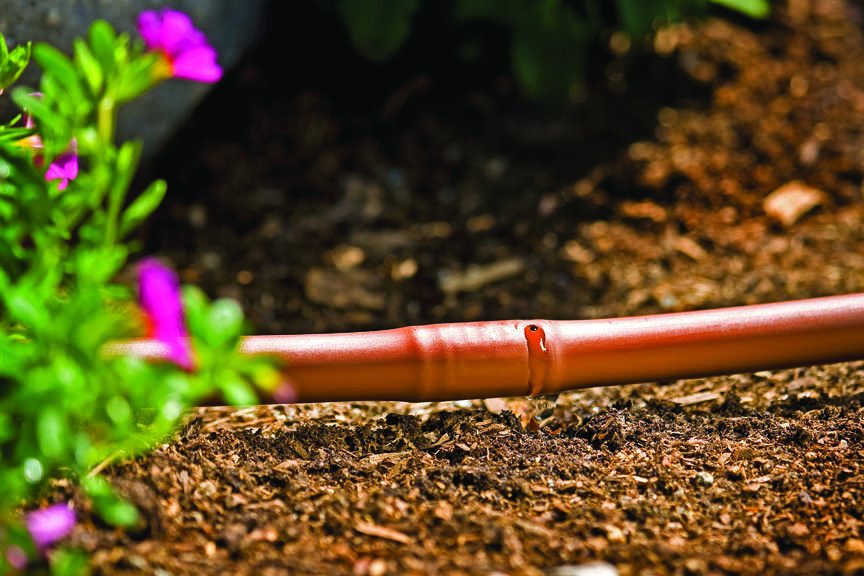
Weed Control

Weed Control: Before & After
Get ahead of weeds with our pre-emergent strategies to prevent weeds in your lawn and garden. We also have great advice on how to handle the weeds that got through your defenses, using post-emergent control.
Pre- and Post-Emergent Explained
Pre-emergents are pellets that prevent seeds from sprouting. These are labeled weed pre-emergents, but they are not picky—they will stop almost any seed.
Pre-emergents are not for new lawns, veggie gardens or where you plan to put down seed in the next three months. It is best to apply in February or early March. Keep an eye on the weather; you might have to apply earlier depending on how warm the winter was, or how quickly we shift to the warmer spring temps that bring on weed growth.
Sometimes weeds still find a way in the yard, possibly with wind, animals or equipment. Post-emergents are used when weeds have managed to sprout. The number one control is to use a hoe or hand pick young weeds when possible. Little known fact: post-emergents work best when weeds are healthy (it's hard to kill a stressed weed because the weed’s transport system is not working). Apply when there is no wind for drift, and do not mow or prune two days before or two days after application. Following the instructions is critical to get optimum results the first time, with the least risk to other plants.
Pre- and post-emergents are available in organic and synthetic. Note that these guidelines are meant for established areas, as weed prevention and control in new planting areas is different. Please bring a sample or picture of your weed so our gurus can identify it and get the right post-emergent for your situation.
Pre-emergents are not for new lawns, veggie gardens or where you plan to put down seed in the next three months. It is best to apply in February or early March. Keep an eye on the weather; you might have to apply earlier depending on how warm the winter was, or how quickly we shift to the warmer spring temps that bring on weed growth.
Sometimes weeds still find a way in the yard, possibly with wind, animals or equipment. Post-emergents are used when weeds have managed to sprout. The number one control is to use a hoe or hand pick young weeds when possible. Little known fact: post-emergents work best when weeds are healthy (it's hard to kill a stressed weed because the weed’s transport system is not working). Apply when there is no wind for drift, and do not mow or prune two days before or two days after application. Following the instructions is critical to get optimum results the first time, with the least risk to other plants.
Pre- and post-emergents are available in organic and synthetic. Note that these guidelines are meant for established areas, as weed prevention and control in new planting areas is different. Please bring a sample or picture of your weed so our gurus can identify it and get the right post-emergent for your situation.
Best Practices
Keep weeds to a minimum using these other tried-and-true methods.
Mulch, Mulch, Mulch
It is a fact—sun on the soil allows weeds to thrive. Keep mulch deep enough to stop the sun from hitting the soil and you have reduced weeds, kept in your irrigation longer and improved soil health. If the sun is getting through, weeds are also getting through.
Weeds In The Lawn
If you have weeds in your lawn, mow the lawn tall enough that the lawn is shading your soil, which will cut weed populations significantly. Tall lawn acts just like mulch and reduces weeds, keeps irrigation in longer and improves soil health. It doesn’t cost anything, you don’t have to remember to “apply” pre-emergents three times a year, and the lawn’s height does all the work for you.
Drip Irrigation
Sprinklers and hoses put water everywhere, allowing weeds to be everywhere. Drip irrigation only puts water where it's needed, limiting the places where weeds can sprout. A few weeds show up at the drip emitters, and those are easily pulled by hand.



